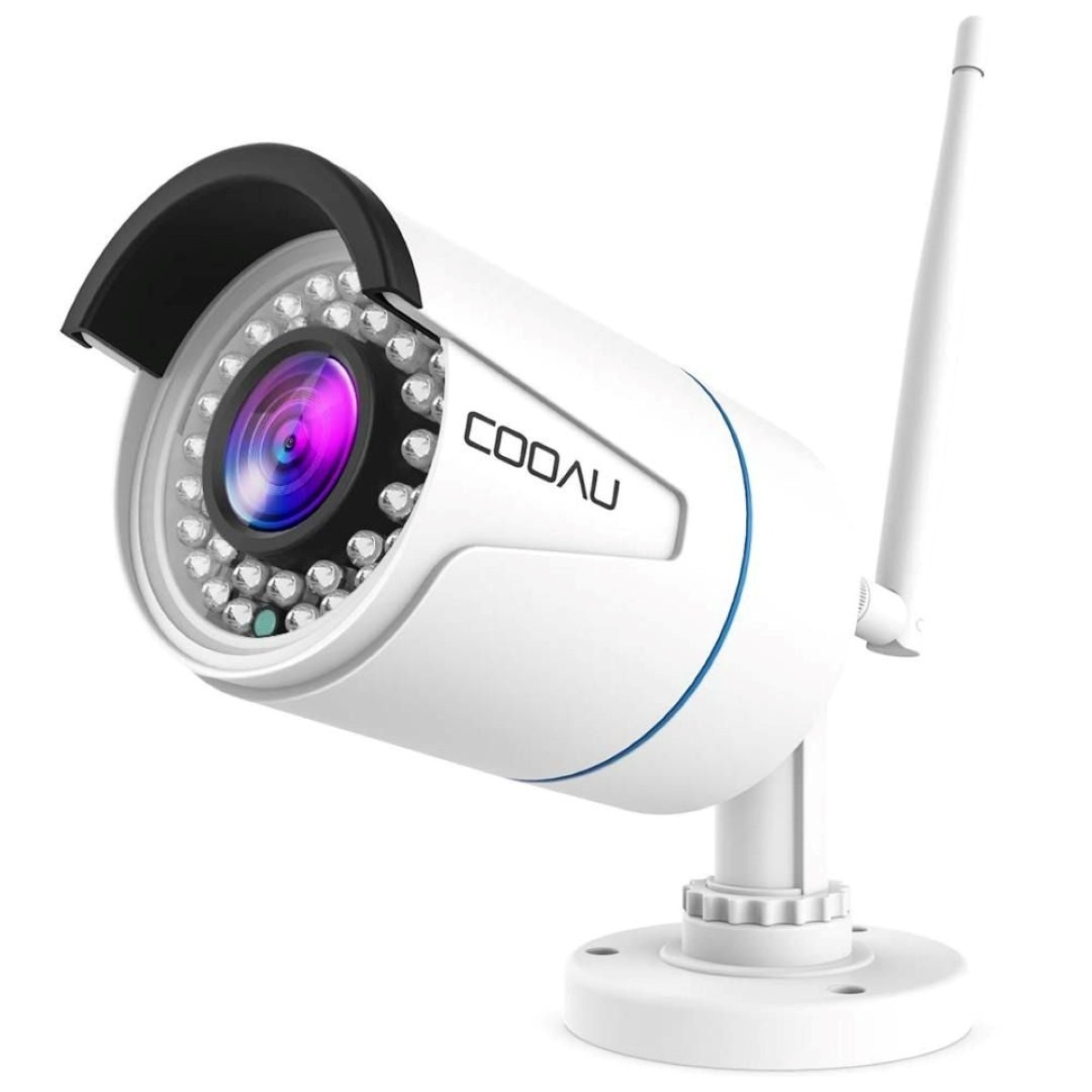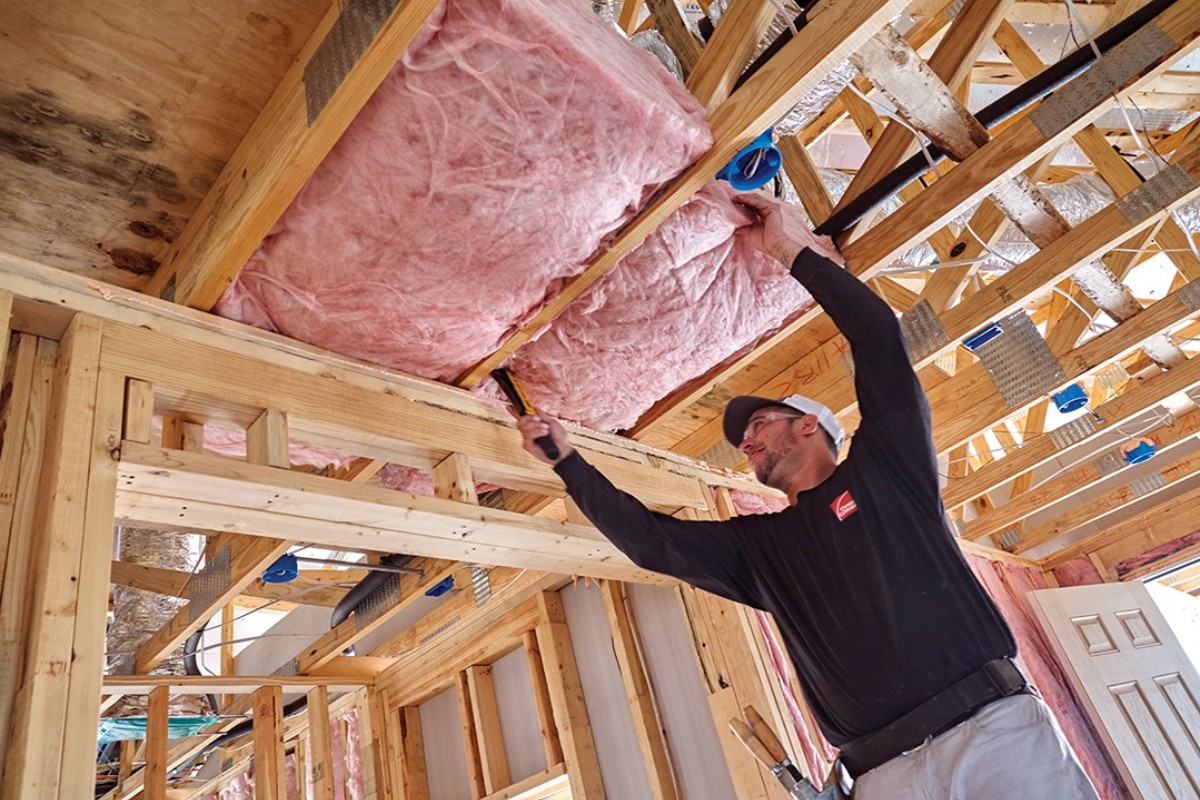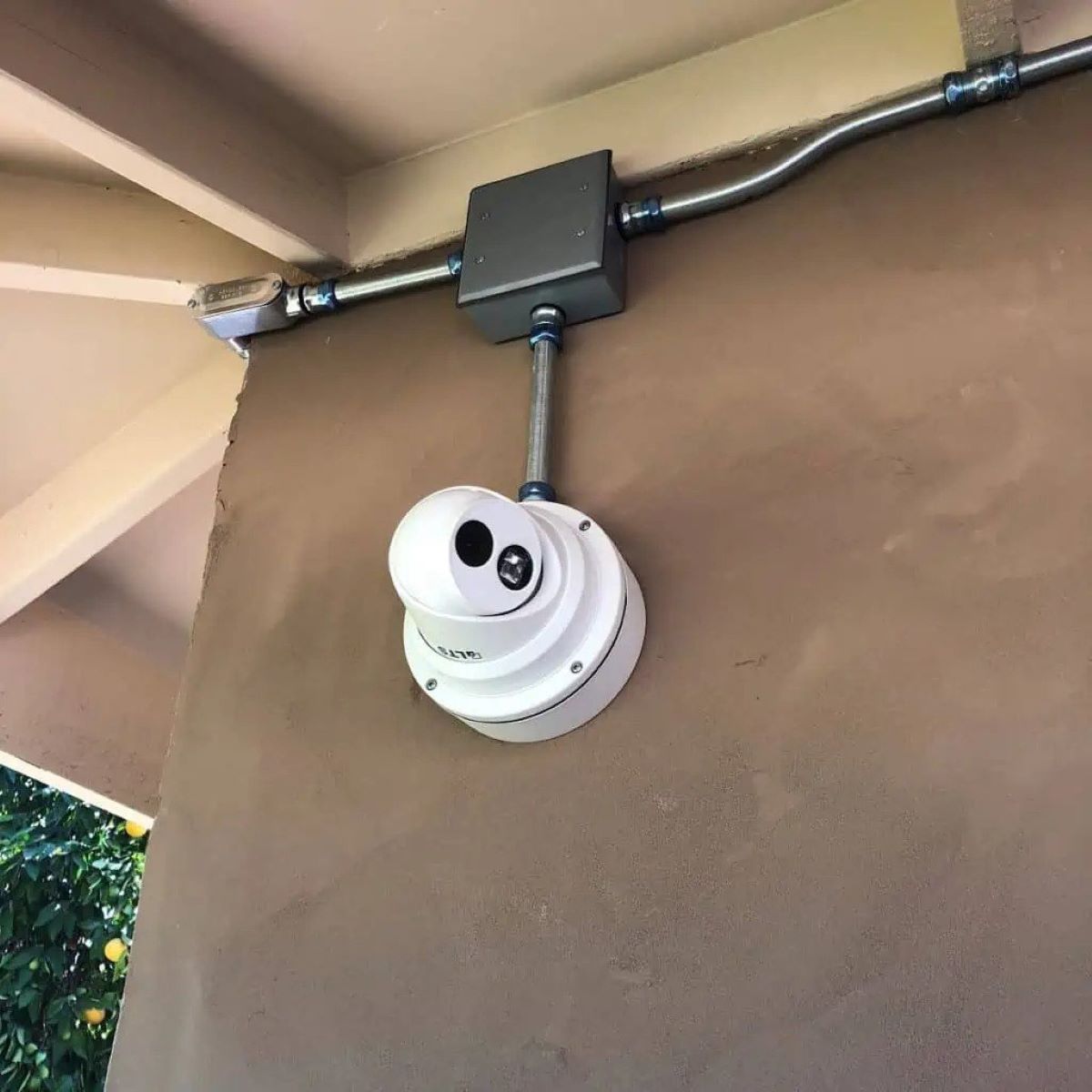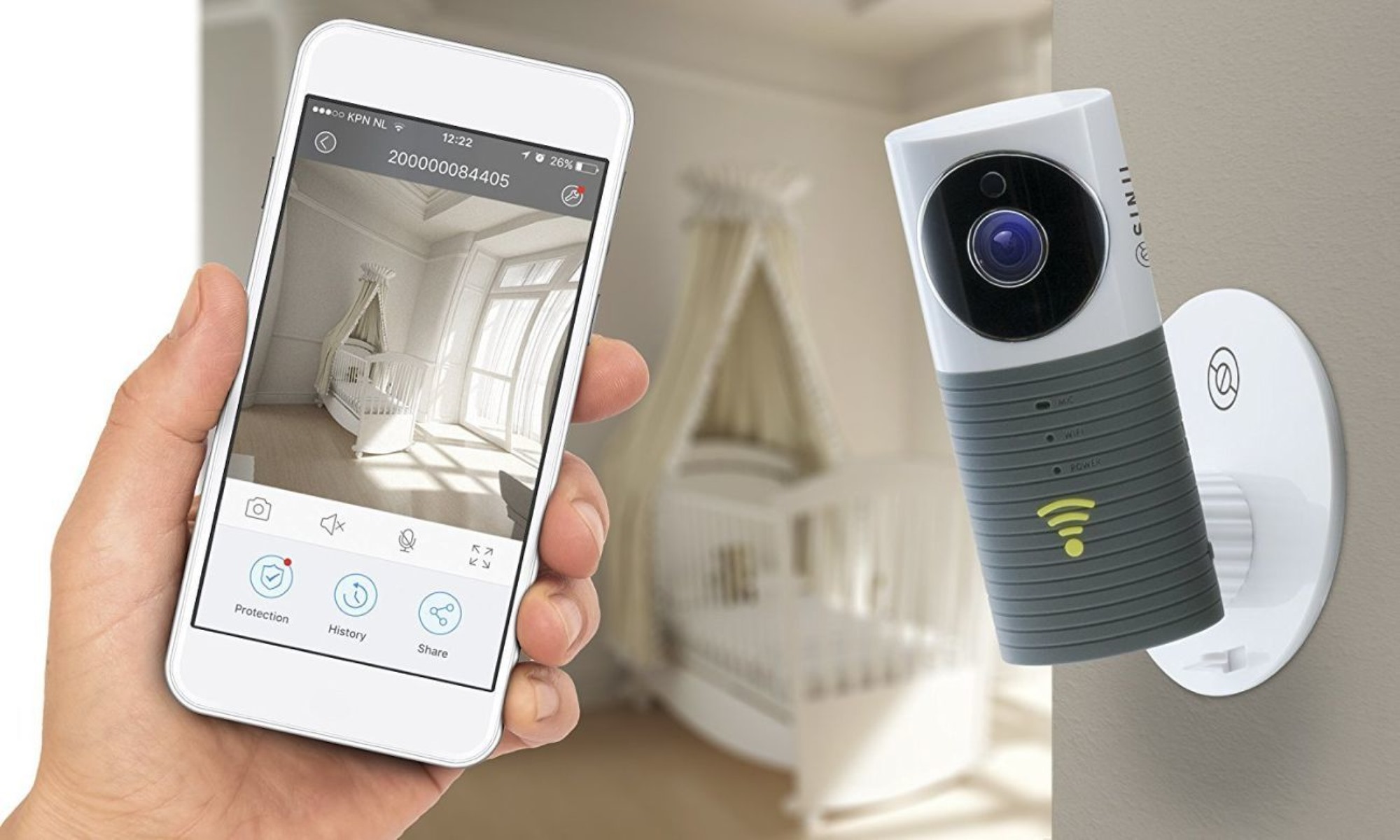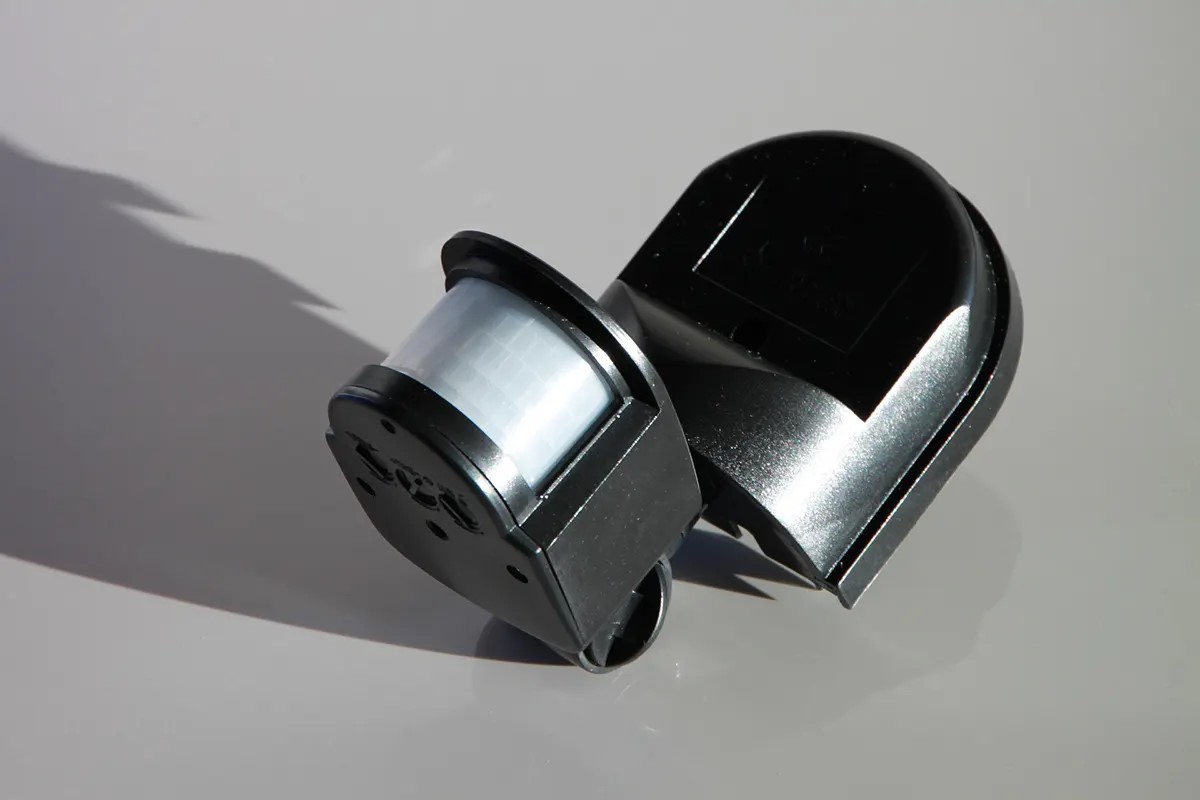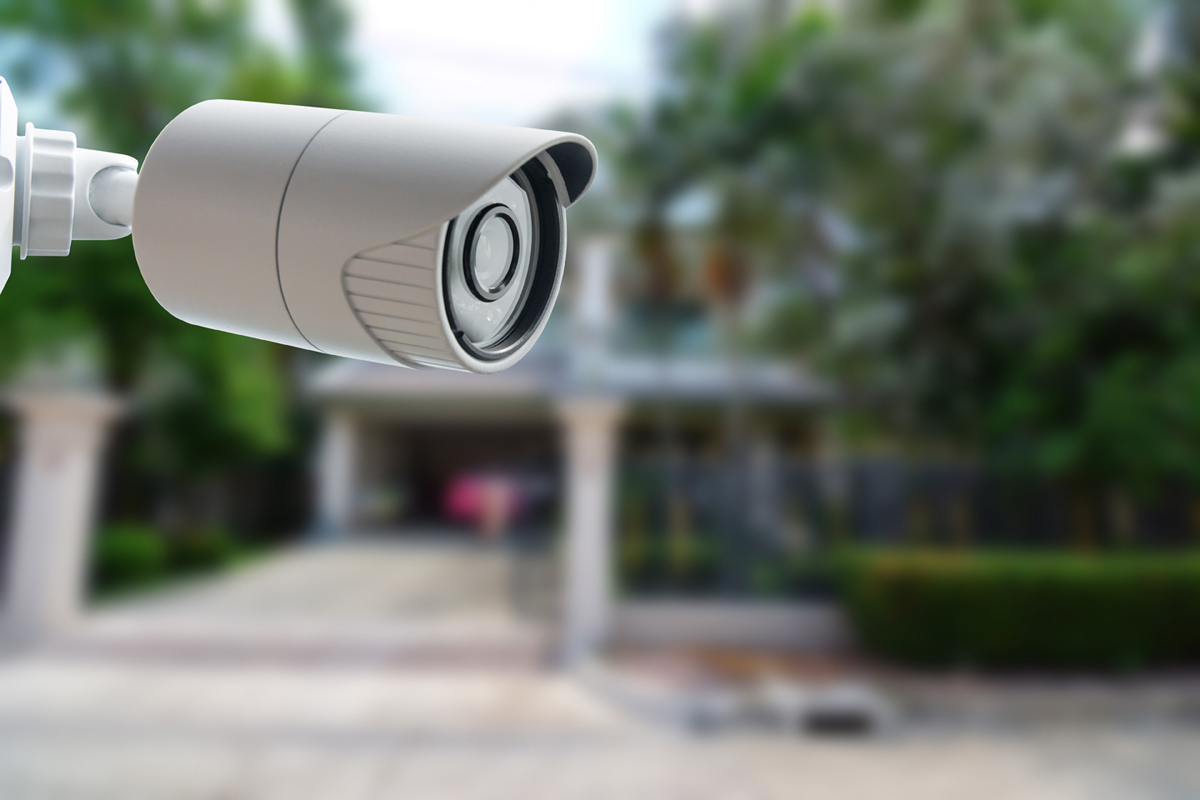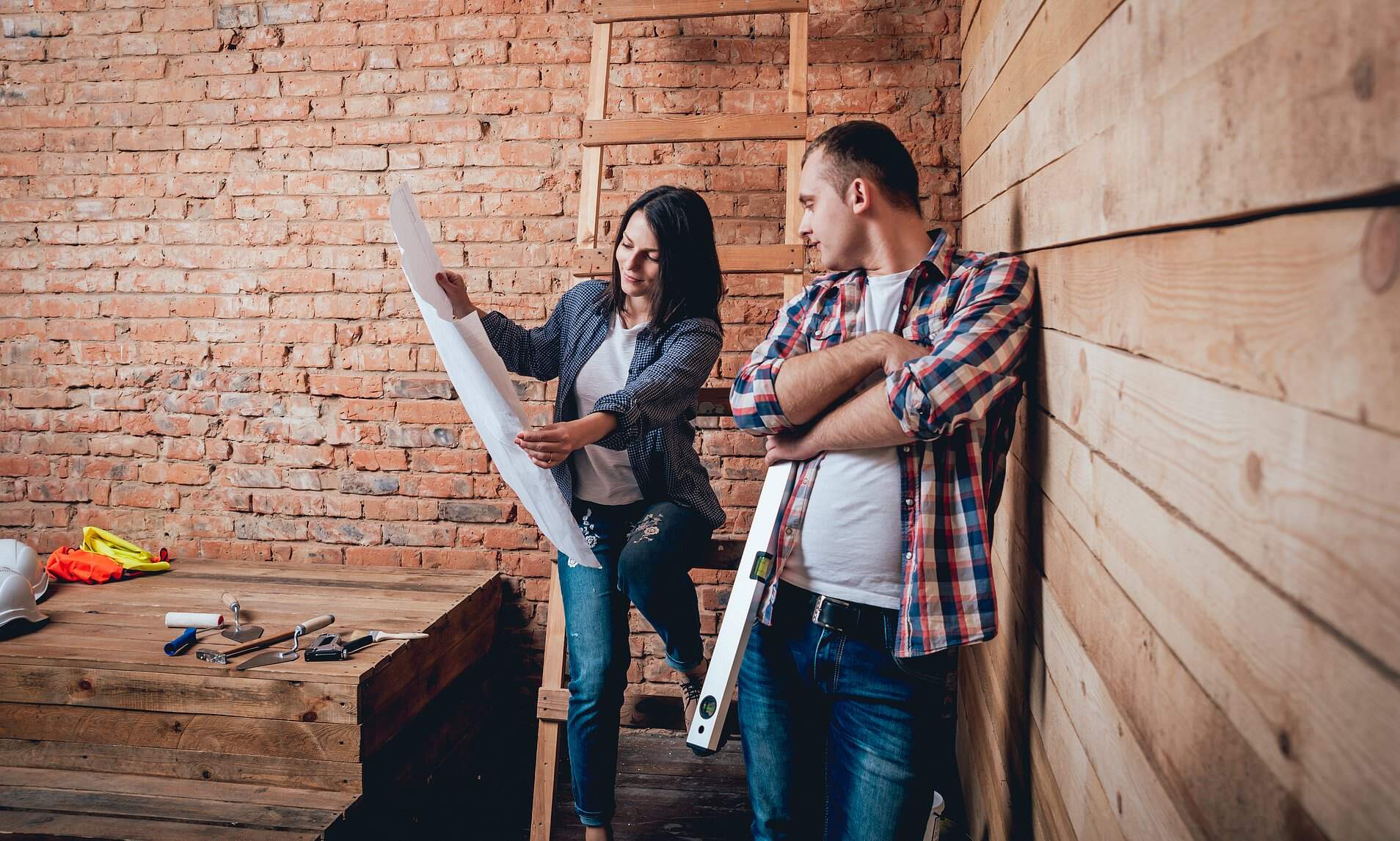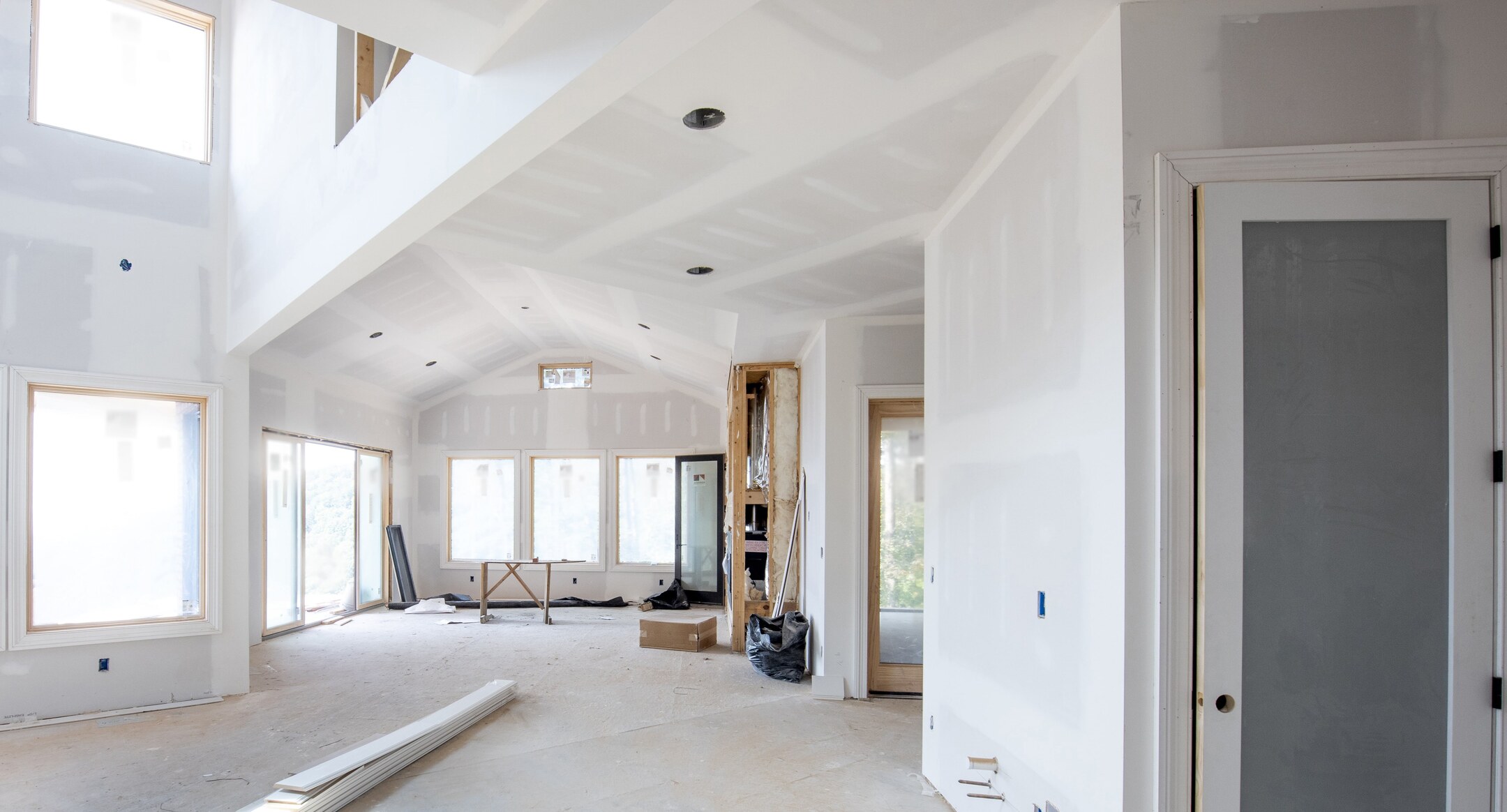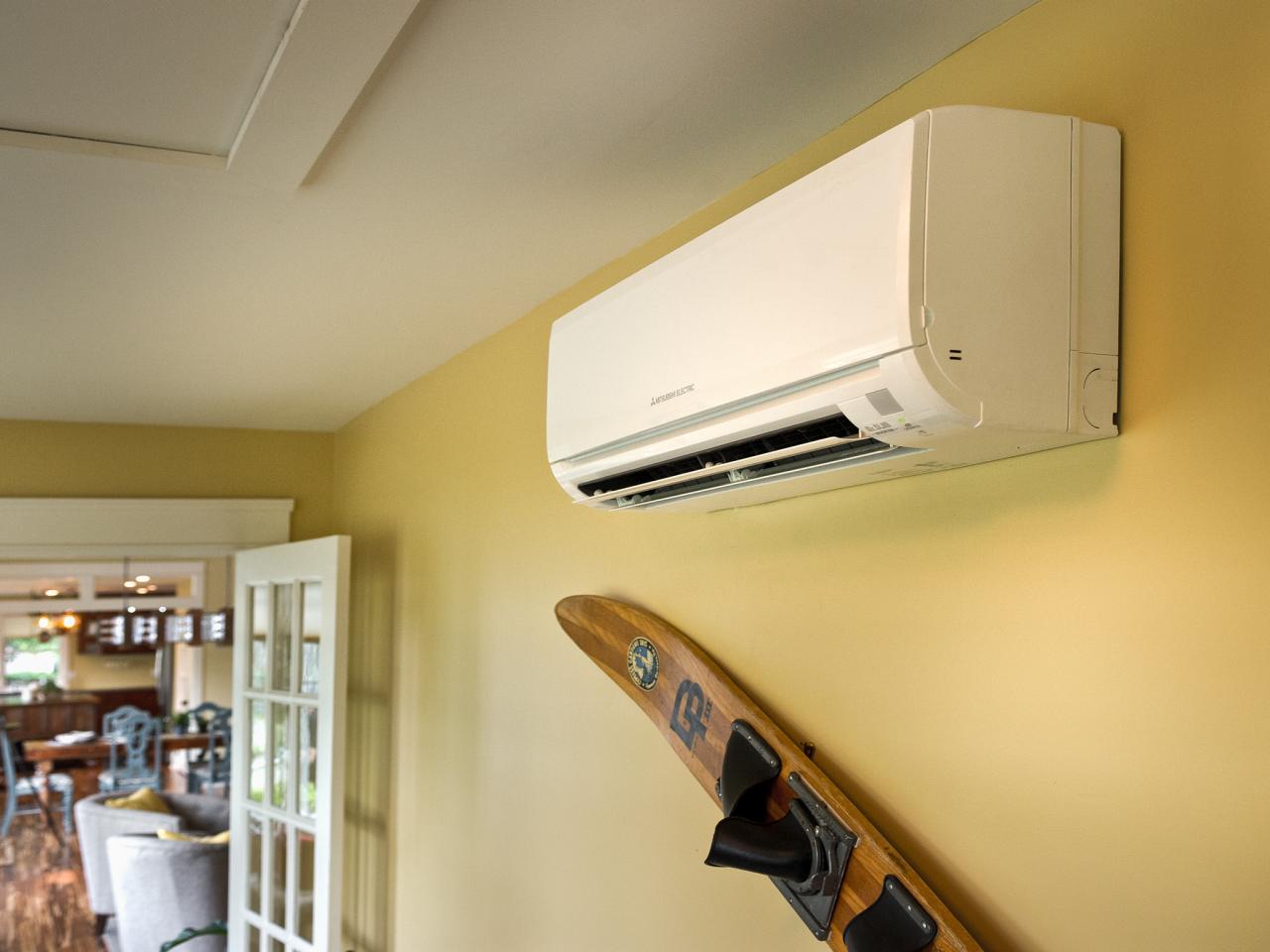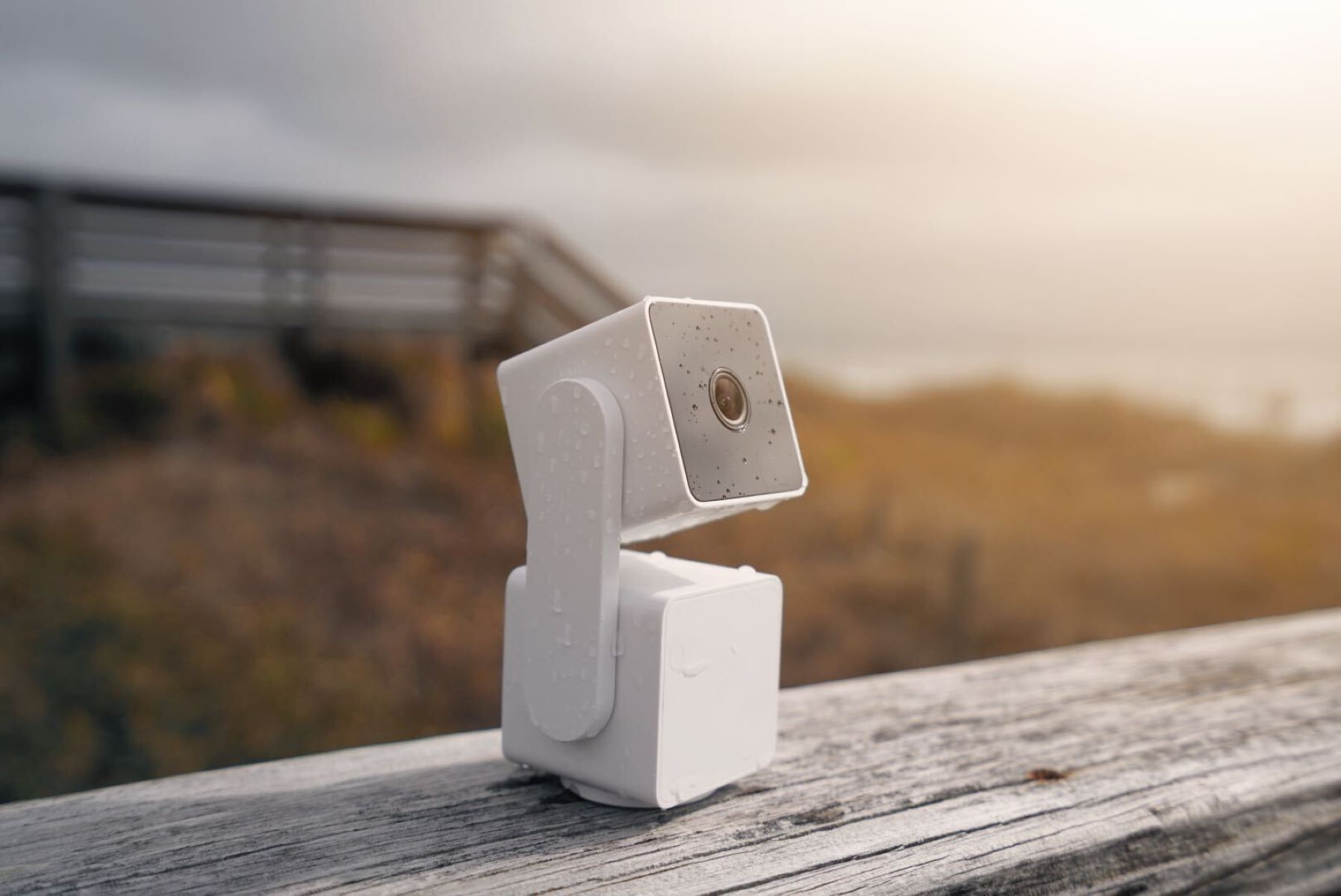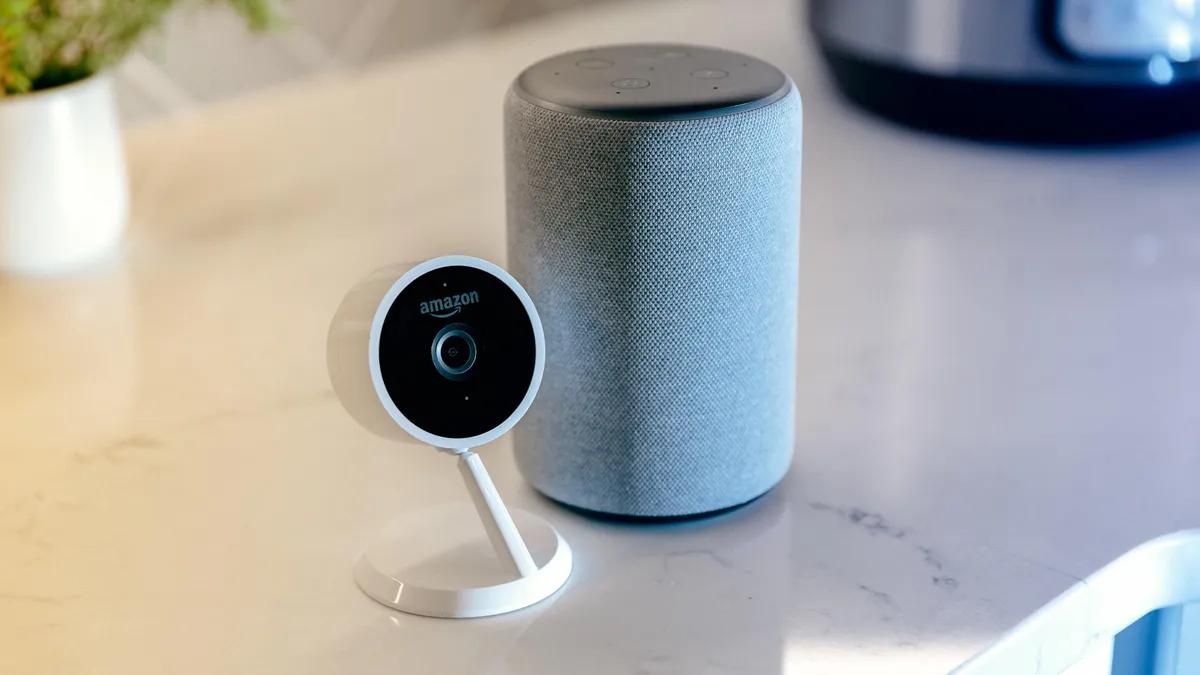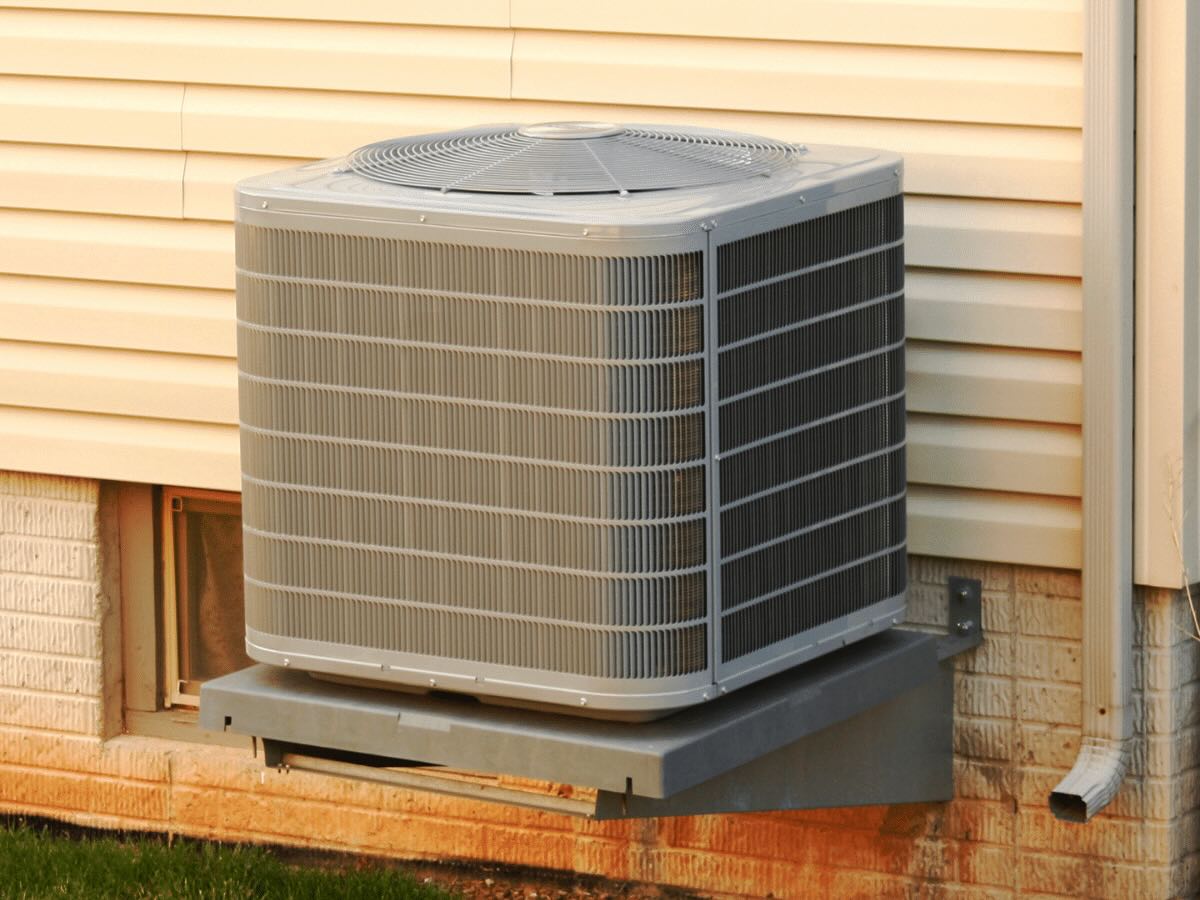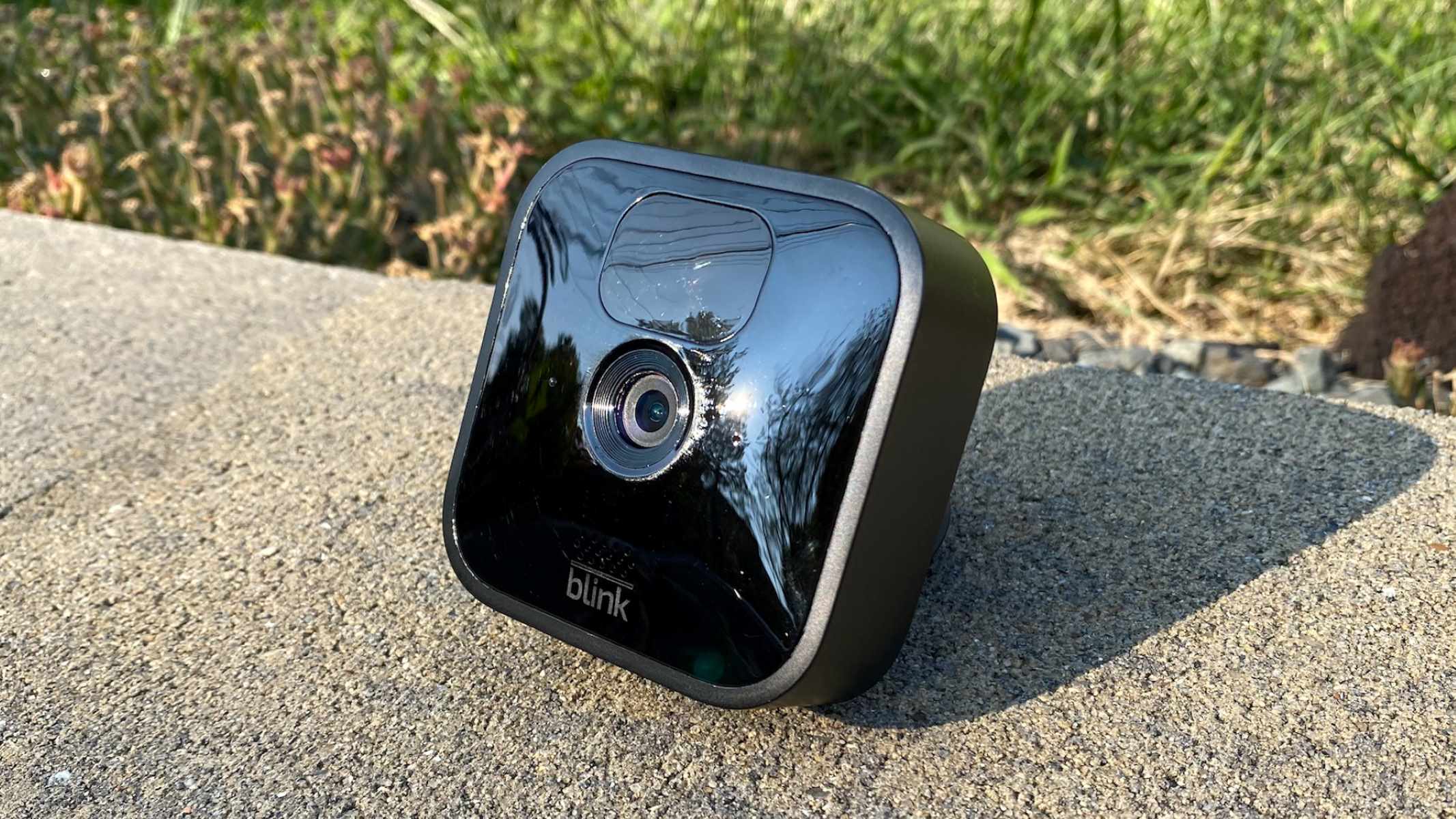Home>Home Security and Surveillance>How Does Home CCTV Work
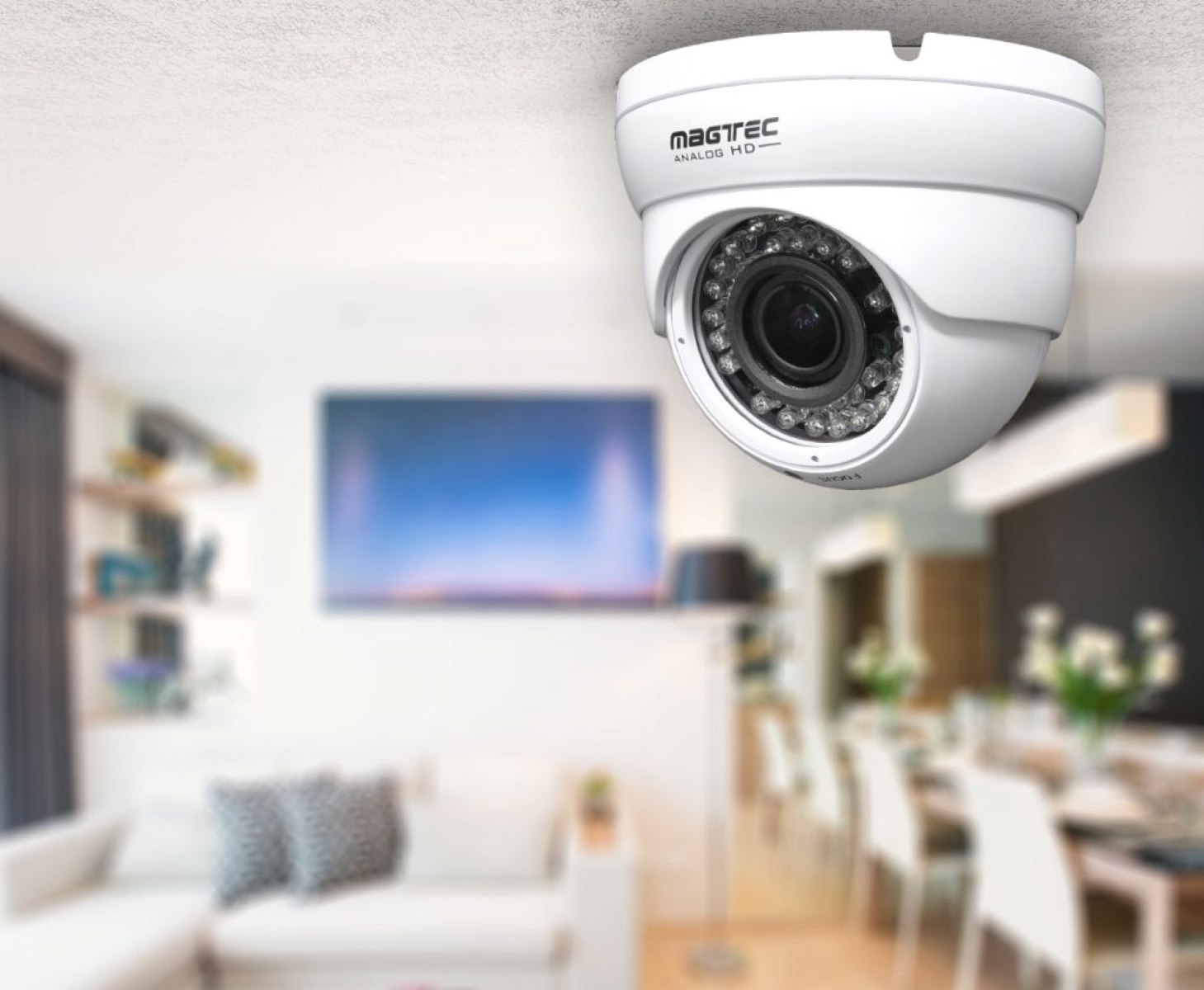

Home Security and Surveillance
How Does Home CCTV Work
Modified: October 20, 2024
Learn how home CCTV systems work and how they enhance home security and surveillance. Explore the features and benefits of home surveillance systems.
(Many of the links in this article redirect to a specific reviewed product. Your purchase of these products through affiliate links helps to generate commission for Storables.com, at no extra cost. Learn more)
Introduction
Welcome to the world of home security and surveillance! In today’s digital age, keeping our homes and loved ones safe has become a top priority for many. Traditional locks and alarm systems are no longer enough to provide a sense of security. This is where home CCTV (Closed Circuit Television) systems come into play.
CCTV surveillance has been widely used in public spaces, such as banks, malls, and airports, for many years. However, with advancements in technology and the increasing affordability of cameras and recording devices, more and more homeowners are now installing CCTV systems to protect their properties.
In this article, we will explore the fascinating world of home CCTV systems. We will delve into the history of CCTV, discuss the components of a typical home CCTV setup, explore various camera types, learn about video recording and storage options, and explore the benefits of features such as motion detection and remote access.
But before we dive into the technical aspects, let’s take a brief look at the history of CCTV.
Key Takeaways:
- Home CCTV systems use cameras, recording devices, and motion detection to protect homes. They offer remote access and can integrate with smart home devices for added security and convenience.
- It’s important to consider privacy and legal aspects when using home CCTV systems. Transparency, data security, and compliance with local laws are crucial for responsible and ethical use.
Read more: How To Secure Home CCTV
History of CCTV
The concept of closed-circuit television (CCTV) dates back to the early 1940s. During World War II, the German military developed a primitive form of CCTV to monitor the launch of V-2 rockets. This early system involved using a camera and a cathode ray tube (CRT) display to observe the rocket launches from a safe distance.
After the war, CCTV technology began to be used in commercial settings. In the 1960s, the U.S. government implemented CCTV systems to enhance security in sensitive areas, such as military installations and government buildings. However, it wasn’t until the 1970s that CCTV systems started to gain popularity in public spaces and private establishments.
As technology advanced, the early analog CCTV systems were gradually replaced by digital video recorders (DVRs) in the late 1990s. DVRs allowed for better image quality, increased storage capacity, and easier retrieval of recorded footage. The introduction of IP (Internet Protocol) cameras in the early 2000s further revolutionized the CCTV industry, enabling the transmission of video data over computer networks.
Today, home CCTV systems have become more accessible and affordable than ever before. With the advent of high-definition (HD) cameras, wireless connectivity, and cloud-based storage options, homeowners can now easily set up a comprehensive surveillance system to monitor their property.
Now that we have a brief understanding of the history of CCTV, let’s move on to explore the components of a typical home CCTV system.
Components of Home CCTV System
A home CCTV system consists of various components that work together to provide effective surveillance and security. Let’s take a closer look at each of these components:
- Cameras: The cameras are the heart of any CCTV system. They capture video footage and transmit it to the recording device. There are different types of cameras available, such as dome cameras, bullet cameras, and PTZ (Pan-Tilt-Zoom) cameras. Depending on your specific needs, you can choose cameras with features like night vision, motion detection, and wide-angle lenses.
- Recording Device: The recording device, also known as the DVR (Digital Video Recorder) or NVR (Network Video Recorder), is responsible for storing and managing the recorded video footage. DVRs are generally used in traditional analog CCTV systems, while NVRs are used in IP-based systems. These devices come with various storage options, such as hard drives or cloud storage, allowing you to store hours or even days of video recordings.
- Monitors: Monitors are used to view the live and recorded footage from the CCTV cameras. You can connect multiple monitors to the system, ensuring that you have a clear view of different areas of your home. Alternatively, you can also use your computer or smartphone to view the footage remotely.
- Cables and Connectors: To connect the cameras, recording device, and monitors, you will need cables and connectors. Coaxial cables are commonly used in analog systems, while Ethernet cables are used in IP-based systems. Additionally, power cables are required to provide power to the cameras and other devices.
- Power Supply: Since CCTV cameras require power to operate, a reliable power supply is essential. This can be accomplished with individual power adapters for each camera or by using a centralized power supply that distributes power to multiple cameras.
- Accessories: Various accessories can enhance the functionality of your home CCTV system. These may include mounting brackets or housings for the cameras, surge protectors to safeguard against power surges, and additional storage devices for extended recording capacity.
Having a comprehensive understanding of the components involved will help you make informed decisions when setting up your home CCTV system. Now that we know about the components, let’s explore the different types of cameras typically used in home CCTV systems.
Camera Types for Home CCTV
When it comes to home CCTV systems, there is a wide range of camera types to choose from. Each type has its own unique features and benefits. Let’s explore some of the popular camera types used in home surveillance:
- Dome Cameras: Dome cameras are named for their dome-shaped design and are commonly used in indoor applications. They provide a discreet and unobtrusive surveillance solution. Dome cameras come in various sizes and can be fixed or adjustable to cover a specific area. They are also available with features like infrared night vision and wide-angle lenses, ensuring comprehensive coverage.
- Bullet Cameras: Bullet cameras are popular for both indoor and outdoor surveillance. They are characterized by their cylindrical shape and are easy to install. Bullet cameras offer a longer range of vision and are typically weatherproof, making them suitable for outdoor use. They can be mounted on walls or ceilings to monitor specific areas like entrances or parking lots.
- PTZ Cameras: PTZ (Pan-Tilt-Zoom) cameras provide advanced functionality, allowing you to remotely control the camera’s pan, tilt, and zoom movements. This enables you to adjust the camera’s field of view and focus on specific areas of interest. PTZ cameras are often used in large areas, such as parking lots or backyards, where the ability to zoom in and pan around is beneficial.
- Wireless Cameras: Wireless cameras eliminate the need for running cables between the cameras and the recording device. They use Wi-Fi or other wireless technologies to transmit the video data. Wireless cameras offer flexibility in terms of installation locations and can be easily moved or relocated as needed.
- IP Cameras: IP (Internet Protocol) cameras are digital cameras that transmit video data over an IP network. They offer high-definition video quality and advanced features like remote access and motion detection. IP cameras can be wired or wireless and are often preferred for their flexibility and scalability.
- Hidden Cameras: Hidden cameras, also known as covert cameras or spy cameras, are designed to be discreetly placed to monitor without being noticed. They can be disguised as everyday objects like clocks, smoke detectors, or even stuffed animals. Hidden cameras are often used for surveillance purposes without drawing attention.
Each camera type has its own advantages and use cases. Consider your specific surveillance needs and the areas you want to monitor when choosing the camera types for your home CCTV system. Now that we’ve explored the different camera types, let’s move on to the topic of video recording and storage options.
Video Recording and Storage
Video recording and storage are crucial aspects of any home CCTV system. Proper recording and storage capabilities ensure that you can review and retrieve footage when needed. Let’s delve into the different options available:
Digital Video Recorders (DVRs): Traditional analog CCTV systems often use DVRs for video recording and storage. DVRs are equipped with hard drives that can store video footage captured by the connected cameras. They offer various options for recording, such as continuous recording or scheduled recording based on specific events or time frames. DVRs typically have limited storage capacity, but this can be expanded by adding additional hard drives.
Network Video Recorders (NVRs): IP-based CCTV systems utilize NVRs for video recording and storage. NVRs are designed to handle the high-resolution digital video data transmitted by IP cameras. They can be connected to the network, allowing for remote access and viewing of the recorded footage. NVRs offer flexible recording options, including motion-triggered recording or scheduled recording based on specific time intervals. Like DVRs, NVRs also come with built-in or expandable storage capacity.
Cloud Storage: Cloud storage is a modern and convenient option for video recording and storage. With cloud storage, the recorded footage is stored on remote servers and can be accessed from anywhere via an internet connection. Cloud storage eliminates the need for physical recording devices and provides scalable storage options. It also ensures that your footage is safe even if the cameras or recording devices are tampered with or damaged.
External Hard Drives and Network Attached Storage (NAS): For those who prefer local storage options, external hard drives and network attached storage (NAS) devices are viable solutions. You can connect external hard drives to DVRs or NVRs to expand the storage capacity. NAS devices, on the other hand, are dedicated storage devices that can be accessed by multiple cameras on the network, providing ample space for storing video recordings.
These recording and storage options offer flexibility and allow you to choose the solution that best fits your needs. Remember to consider factors such as storage capacity, ease of access, and redundancy when deciding on the most suitable method for video recording and storage in your home CCTV system.
Now that we’ve covered video recording and storage, let’s move on to explore how motion detection and alerts can enhance the functionality of your home CCTV system.
When setting up a home CCTV system, make sure to position the cameras in areas with good lighting and minimal obstructions for the best coverage and image quality.
Read more: How Long Does Home CCTV Footage Last
Motion Detection and Alerts
Motion detection and alerts are essential features that can further enhance the effectiveness of your home CCTV system. Here’s what you need to know:
Motion Detection: Most modern CCTV cameras come equipped with motion detection capabilities. This feature allows the cameras to detect any movement within their field of view. When motion is detected, the camera captures video footage and can trigger various actions, such as recording, sounding an alarm, or sending an alert notification. Motion detection helps conserve storage space by only recording when there is activity, rather than continuously recording.
Alert Notifications: When motion is detected, the CCTV system can send alerts to notify you of the activity. These notifications can be delivered in various ways, such as through mobile apps, email, or SMS. Alerts allow you to quickly respond to potential security threats and take appropriate action, whether it’s checking live footage, contacting authorities, or notifying neighbors.
Combining motion detection with alert notifications provides an extra layer of security and peace of mind. You can customize the sensitivity of the motion detection to avoid false alarms triggered by factors like moving foliage or passing vehicles.
Some advanced CCTV systems also offer object detection capabilities. These systems can differentiate between different types of objects, such as people, vehicles, or animals, and provide more specific alert notifications based on the detected objects. This can help you prioritize and respond accordingly, especially if you’re monitoring multiple cameras or have a large property.
Now that we’ve explored motion detection and alerts, let’s dive into the convenience and flexibility of remote access and viewing in home CCTV systems.
Remote Access and Viewing
Remote access and viewing capabilities offer convenience and flexibility in monitoring your home CCTV system. With remote access, you can view your camera feeds and recorded footage from anywhere using a computer, smartphone, or tablet connected to the internet. Here’s what you need to know:
Mobile Apps: Many CCTV systems come with dedicated mobile apps that allow you to access and manage your cameras remotely. These apps provide an intuitive interface, allowing you to view live feeds, playback recorded footage, and control camera settings. With mobile access, you can keep an eye on your home, even when you’re away on vacation or at work.
Cloud-Based Access: Cloud-based CCTV systems offer the convenience of storing your recorded footage in the cloud. Not only does this provide secure storage, but it also enables seamless access to your footage from any device with an internet connection. Cloud-based systems often have user-friendly web portals where you can log in to view and manage your cameras remotely.
Remote Playback: Remote access allows you to access and playback recorded footage remotely. This is particularly useful when you need to review specific events or incidents that occurred in the past. You can easily search for the desired timeframe and retrieve the relevant footage from the remote storage location of your CCTV system.
Remote access and viewing enable you to stay connected and monitor your home in real-time, no matter where you are. Whether you want to check in on your kids, keep an eye on your pets, or ensure the security of your property, remote access provides peace of mind and an extra layer of security.
Additionally, some advanced CCTV systems offer two-way audio communication, allowing you to not only see but also hear and talk to individuals near the cameras. This feature is useful for greeting visitors at the door or deterring potential intruders. Two-way audio further enhances the interactive capabilities of your home CCTV system.
Now that we understand the benefits of remote access and viewing, let’s explore how home CCTV systems can integrate with smart home devices to create a cohesive and automated security solution.
Integration with Smart Home Devices
Integrating your home CCTV system with smart home devices can take your security and surveillance to the next level. Smart home devices offer seamless automation and convenience, allowing you to create a comprehensive security ecosystem. Here’s how your home CCTV system can integrate with smart home devices:
Smart Home Security Systems: By integrating your home CCTV system with a smart home security system, you can create a unified security solution. Smart home security systems often include features such as door/window sensors, motion detectors, and sirens. When triggered, these devices can activate the CCTV cameras to start recording and send alerts to your smartphone or other connected devices.
Smart Doorbell Cameras: Smart doorbell cameras are becoming increasingly popular and can be integrated with your home CCTV system. These devices combine a doorbell with a camera, allowing you to see and communicate with anyone at your front door. When integrated with your CCTV system, the doorbell camera can trigger your other cameras to start recording and send alerts when someone approaches your property.
Smart Lighting: Integrating your CCTV system with smart lighting can enhance the security of your home. When motion is detected by the CCTV cameras, the smart lighting can be programmed to turn on automatically, illuminating the surrounding area and deterring potential intruders. This coordinated response can provide an extra layer of security during nighttime hours.
Smart Locks: Smart locks allow you to control access to your home remotely. By integrating your CCTV system with smart locks, you can remotely monitor and control the locks, providing added convenience and security. For example, if a visitor arrives when you’re not home, you can use your CCTV system to verify their identity and remotely unlock the door to grant them access.
Voice Assistants: Voice assistants like Amazon Alexa or Google Assistant can enhance the usability of your home CCTV system. Through voice commands, you can ask your voice assistant to show you the live feed from specific cameras or play back recorded footage from a certain timeframe. This integration adds another layer of convenience to your surveillance system.
Integrating your home CCTV system with smart home devices creates a cohesive ecosystem that enhances your security and provides a seamless user experience. Customizable automation and coordination between devices allow for a more proactive and effective security solution.
However, it’s important to consider privacy and legal considerations when integrating your CCTV system with smart home devices. Be mindful of applicable regulations and ensure that you have proper consent and safeguard measures in place to protect the privacy of both your household members and visitors.
Now that we’ve explored the integration possibilities, let’s touch upon the privacy and legal considerations related to home CCTV systems.
Privacy and Legal Considerations
While home CCTV systems are a valuable tool for enhancing security and peace of mind, it is crucial to consider privacy and legal implications. Here are some important considerations:
Informing Others: It is important to inform individuals who reside in or visit your home that surveillance cameras are in place. Clear signage can be displayed to notify others that their actions may be monitored and recorded. Transparency is key to respecting privacy rights and ensuring compliance with local laws and regulations.
Avoiding Private Areas: Position your CCTV cameras in a way that avoids capturing footage of private areas beyond the boundaries of your property. This includes avoiding the sightlines of neighboring properties, such as their windows or gardens. Respecting the privacy of others is essential to maintain good relationships with neighbors and prevent any legal issues.
Complying with Local Laws and Regulations: Different jurisdictions have varying laws and regulations regarding the use of CCTV systems. Research and understand the applicable laws in your area, including any restrictions on camera placement, recording audio, or sharing recorded footage. Adhering to these laws helps protect both your rights and the privacy of others.
Data Protection and Security: Take appropriate measures to ensure the security of your CCTV system and the recorded data. This may include using strong passwords, encrypting data transmissions, and regularly updating firmware and software. Safeguarding the integrity and confidentiality of the recorded footage is crucial to prevent unauthorized access and potential misuse.
Access and Retention Period: Determine a clear policy for accessing and retaining recorded footage. Establish guidelines on who can access the footage, the purpose and duration of retention, and when footage should be deleted. Limiting access and implementing a retention policy helps protect privacy and prevents the potential misuse of recorded footage.
Publicly Accessible Areas and Legal Obligations: If your CCTV system covers publicly accessible areas, such as sidewalks or roadways, you might have legal obligations to comply with regarding data protection and privacy. Familiarize yourself with any requirements or regulations applicable to public surveillance in your jurisdiction to ensure proper compliance.
By considering the privacy and legal implications of your home CCTV system, you can ensure that you are using the technology responsibly and ethically. It is always advisable to consult local laws and seek legal advice if needed to ensure full compliance.
With these considerations in mind, you can enjoy the security benefits of your home CCTV system while respecting the rights and privacy of others. As we conclude, let’s recap the key points we’ve covered throughout this article.
Read more: How To Make A CCTV Camera At Home
Conclusion
Home CCTV systems have revolutionized the way we protect and secure our homes. From the early days of analog CCTV to the advanced digital systems we have today, the technology has come a long way. By understanding the components, camera types, recording and storage options, motion detection, remote access, and integration with smart home devices, you can create a comprehensive security solution tailored to your needs.
Choosing the right cameras, recording devices, and storage options ensures that you can capture and store high-quality footage to review in case of any incidents. Motion detection and alert notifications provide an extra layer of security, allowing you to respond promptly to any suspicious activity.
Remote access and viewing capabilities let you keep an eye on your home from anywhere, providing peace of mind and flexibility. Integration with smart home devices like doorbell cameras, smart locks, and voice assistants enhances the functionality and automation of your CCTV system, creating a seamless security ecosystem.
Throughout the process, it is important to consider privacy and legal considerations. Informing others about the presence of CCTV cameras, respecting privacy boundaries, complying with local laws and regulations, and securing the data are crucial aspects to maintain ethical and responsible use of home CCTV systems.
By combining advanced technology, thoughtful planning, and adherence to privacy and legal considerations, you can create a comprehensive and effective home security and surveillance solution. Remember to stay informed about the latest advancements in CCTV technology to continuously enhance the security of your home.
With a well-designed and properly implemented home CCTV system, you can rest assured that your property and loved ones are protected. So, take the necessary steps to invest in a reliable CCTV system and enjoy the peace of mind that comes with knowing you have a watchful eye over your home.
Frequently Asked Questions about How Does Home CCTV Work
Was this page helpful?
At Storables.com, we guarantee accurate and reliable information. Our content, validated by Expert Board Contributors, is crafted following stringent Editorial Policies. We're committed to providing you with well-researched, expert-backed insights for all your informational needs.
